I think the reason I won the Olympics was sheer perseverance. Not because I was certainly more talented than anybody else. I worked as hard as I could. I was always the first one on the ice and the last one off.
Dorothy Hamill was born in Chicago, Illinois, but her parents soon moved to Riverside, Connecticut, where she began skating at the age of eight on a pond behind her grandparents’ home. Frustrated when she was unable to keep up with her older sister on the ice, Dorothy asked her parents for skating lessons and soon discovered her life’s passion. She spent every possible moment on the ice and by age 11 was entering and winning figure skating competitions in New York City. Her parents supported her ambitions, waking at four in the morning to take her to the rink for early-morning practice sessions.
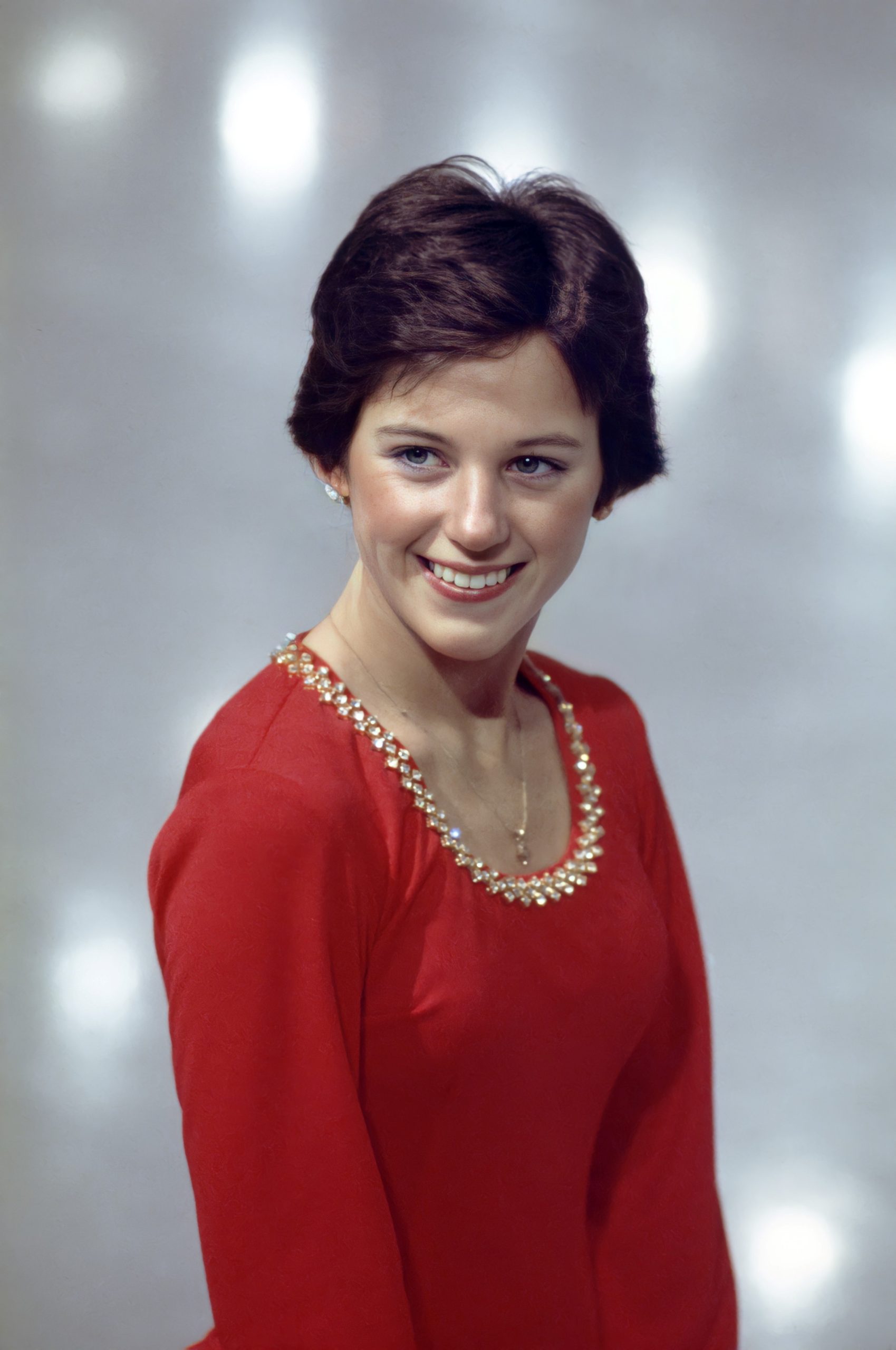
At 13, Dorothy was spending her weeks in New York City, working with coach Gus Lussi at Lake Placid, and traveling to competitions around the country. In 1969 she won the National Novice title and took home a silver medal from the Junior Nationals the following year. She began to train at the Broadmoor Skating Club in Colorado Springs with Carlo Fassi, the coach who had guided Olympic champion Peggy Fleming.
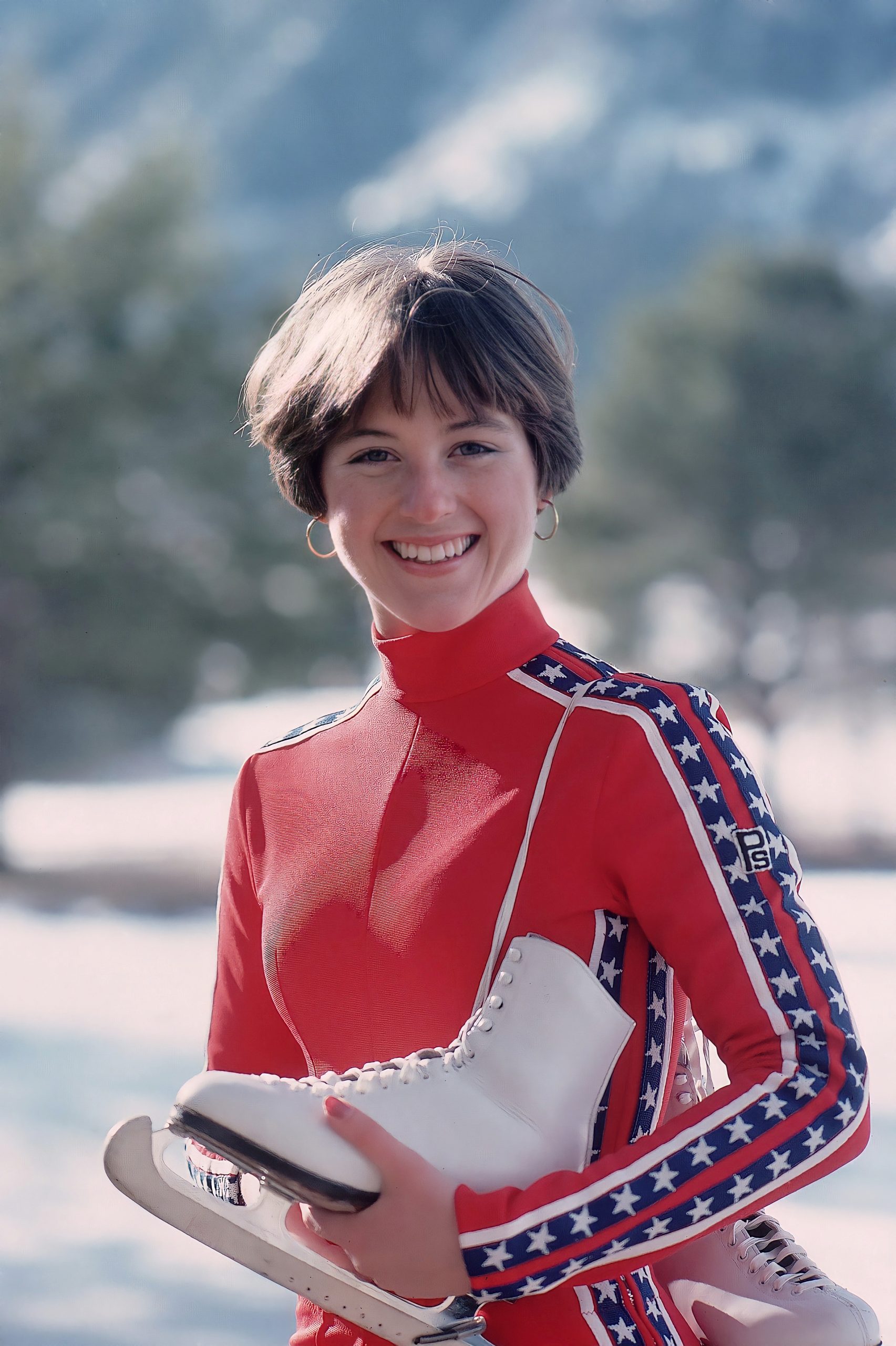
Only one year later, she was competing as an adult and reached the top five in the National Championships. By 1973 she had reached second place in the U.S. National competition and number four in the World Championships. She won her first U.S. Championship in 1974, and successfully defended the title for the two following seasons.
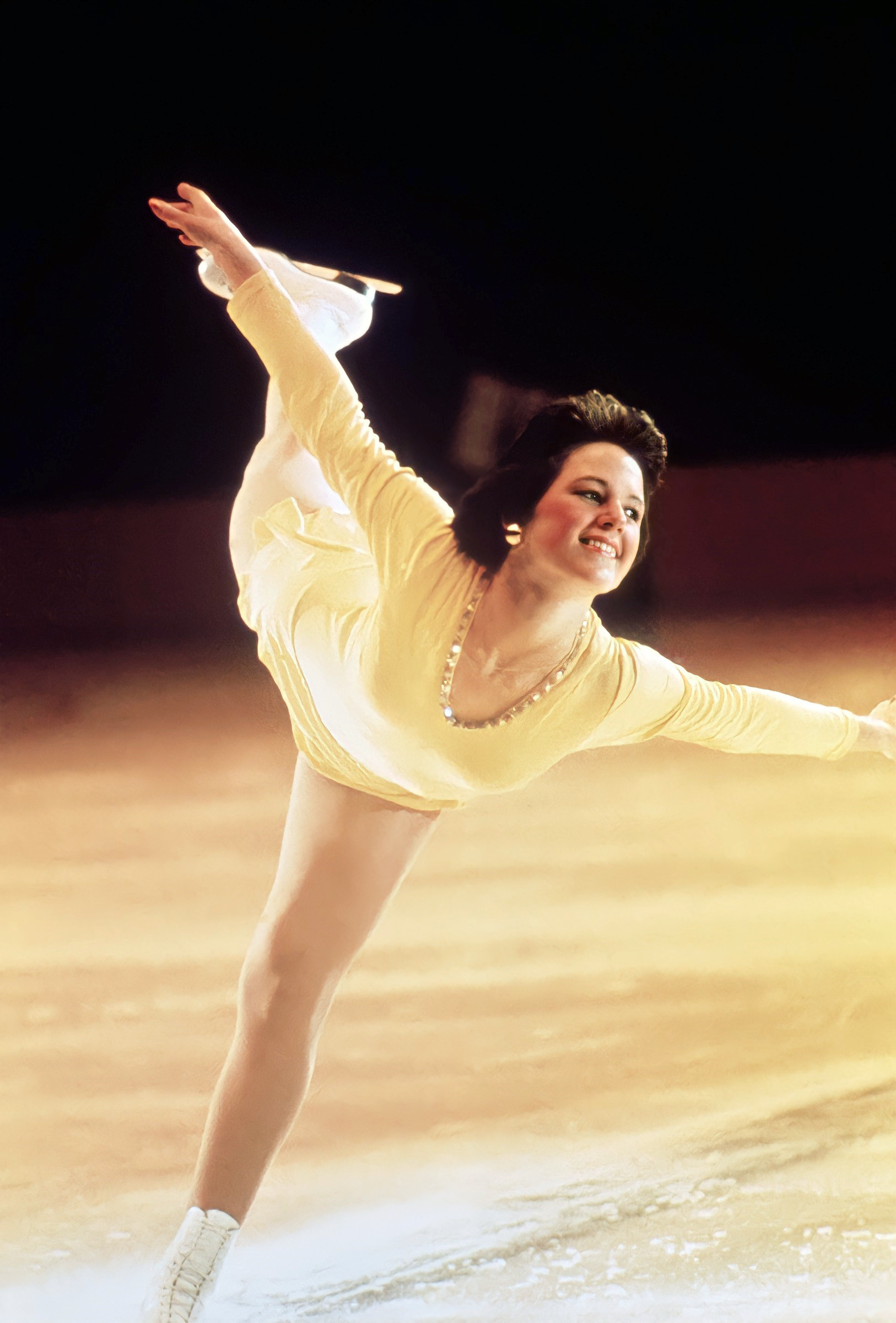
At age 19, she won a triple crown, snagging both the U.S. and World Championships and winning the gold medal in the 1976 Winter Olympics at Innsbruck, Austria. Her performance at the Olympics captivated an international audience, and hair stylists all over the United States were mobbed with customers seeking to emulate her distinctive hairstyle. She found herself continually in demand for commercial endorsements, to a degree unmatched by any figure skater before or since.
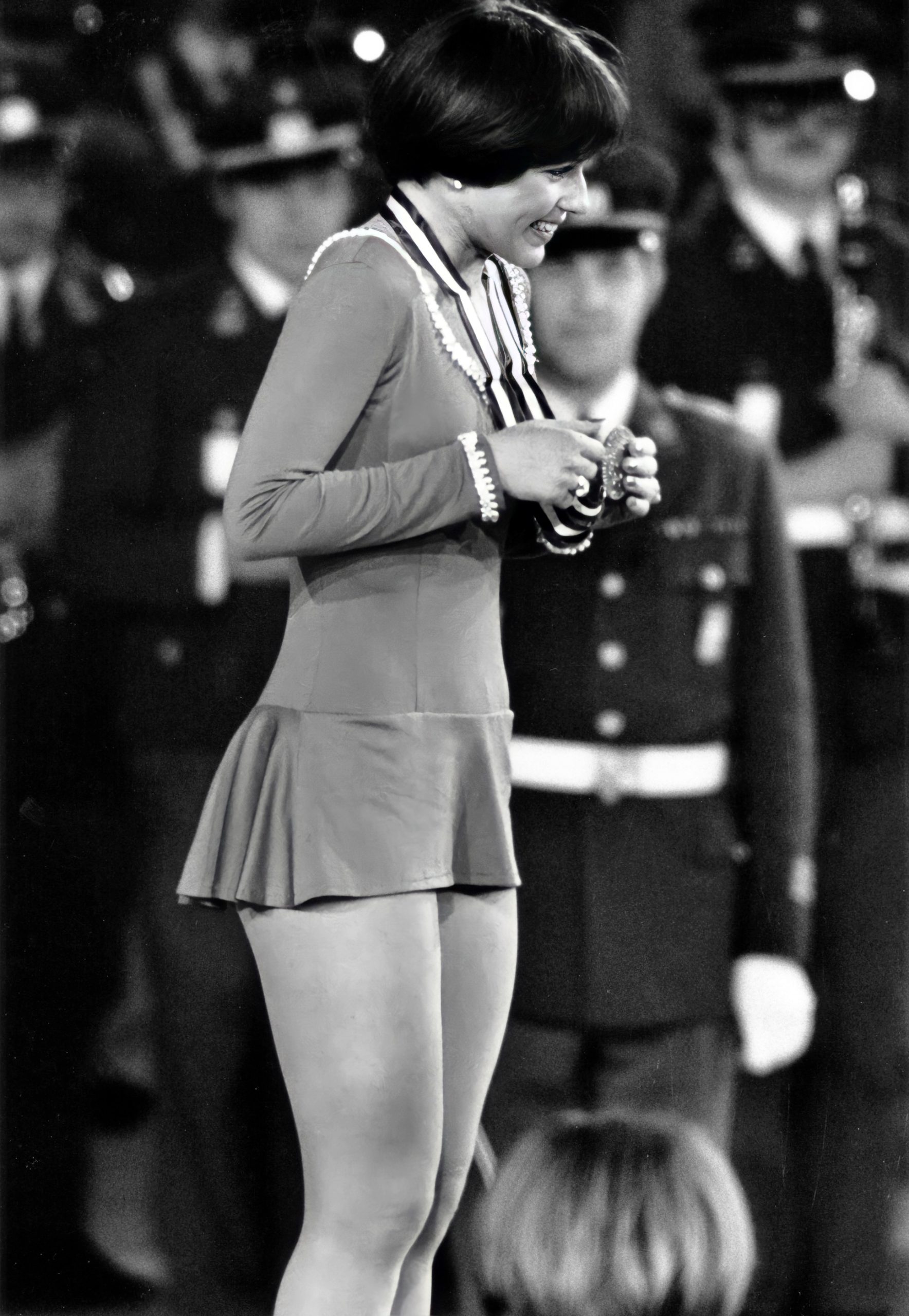
After her triumph in the Olympics and at the World Championships, she relinquished her amateur status, and went professional, undertaking a grueling touring schedule with the Ice Capades. She remained with the Ice Capades for eight years, and also appeared in a series of popular television specials with film and music stars Gene Kelly, Perry Como and Andy Williams and a televised production of Romeo and Juliet on Ice. She also toured in Nutcracker on Ice and with the show Stars on Ice. She continued to participate in professional competition, winning the World Professional Championship for five years running, from 1983 to 1987.
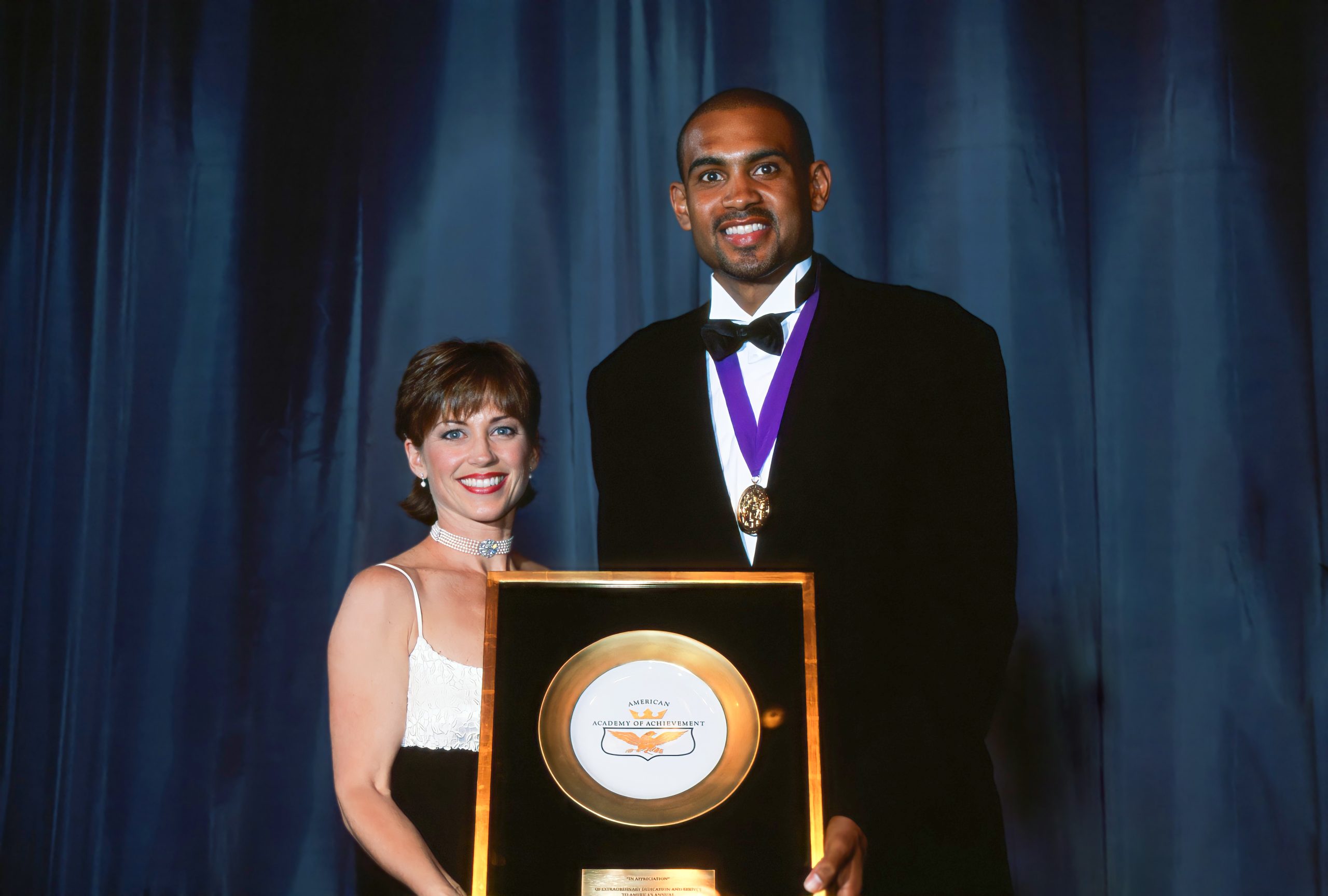
Dorothy Hamill was inducted into the U.S. Olympic Hall of Fame in 1991. That same year, she bought out the financially troubled Ice Capades and produced and starred in a highly acclaimed tour, Frozen in Time: Cinderella on Ice. During the three years she ran the celebrated ice show, she made substantial improvements in the working conditions of professional skaters, instituting regular practice and training sessions and eliminating demeaning weekly weigh-ins.
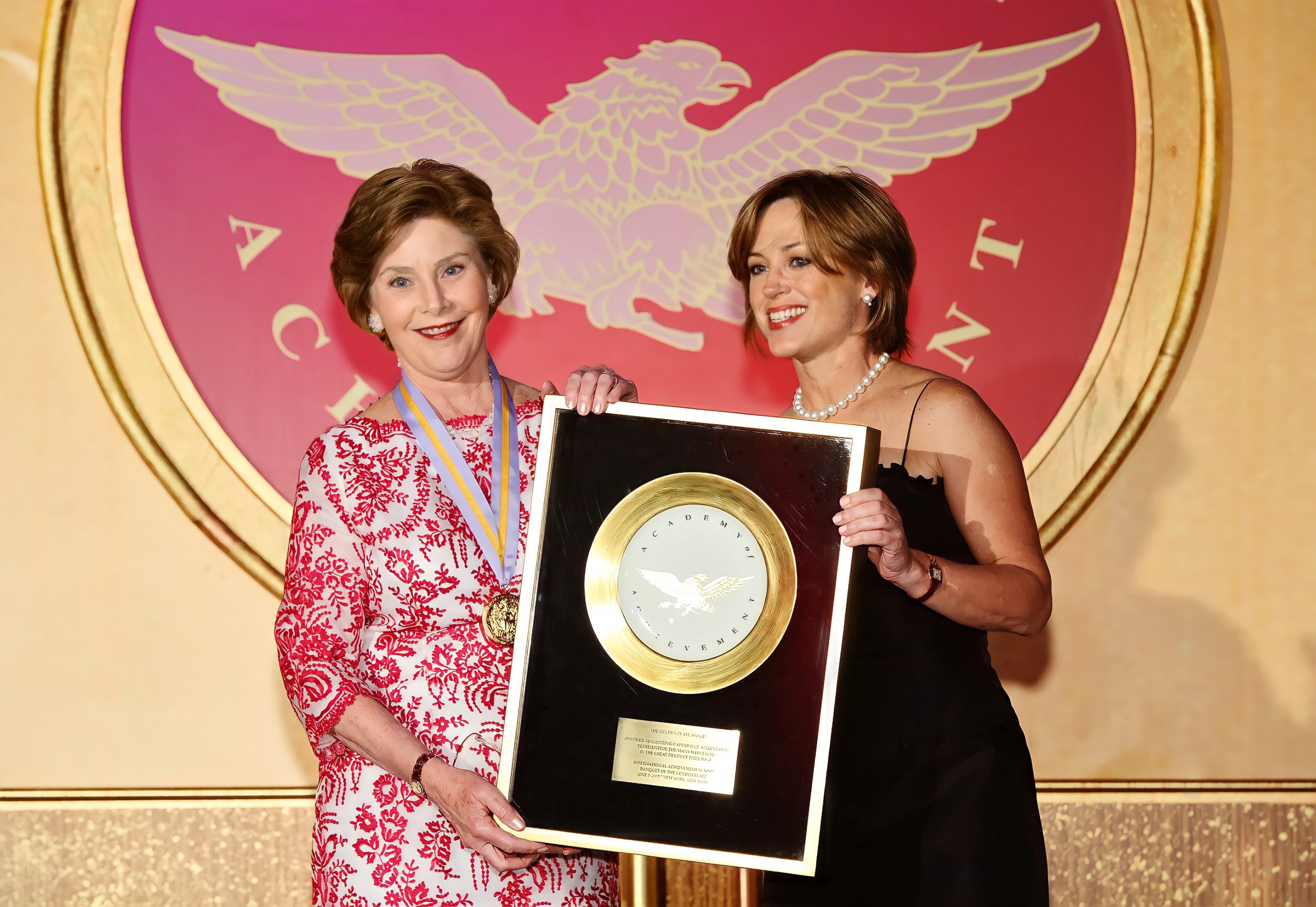
Dorothy’s charity work has included the President’s Council on Physical Fitness and Sports, the International Special Olympics, the American Cancer Society, and AIDS research foundations, and teaching blind children to skate through the March of Dimes.

For some years she was plagued with osteoarthritis, but correct diagnosis and treatment have returned her to live performance. Today, Dorothy Hamill lives in Vail, Colorado and Indian Wells, California, with her husband, business executive John MacColl. She was diagnosed with breast cancer in 2008 and has made it her mission to empower other women by helping to launch a national campaign called BeWisER+ About Breast Cancer.

“I wasn’t particularly athletic or gifted, but I loved it. I’d be at the skating rink all day long, just skating around and around. I could be all alone and nobody could get near me and I didn’t have to talk to anybody. I was in my fantasy world.”
As a little girl in Riverside, Connecticut, Dorothy Hamill was shy and withdrawn. An older brother and sister won praise for their athletic and academic accomplishments, and Dorothy felt left behind, especially skating on the frozen pond near her grandparents’ house. When her mother offered her skating lessons, she seized the opportunity and never looked back. In a few years she was winning national youth competitions and working with the country’s top coaches.
In 1976 she dazzled audiences around the world with her grace, athleticism and winning personality at the Winter Olympics. The judges unanimously awarded her the gold medal. At age 19 she had become one of the most popular athletes in America, the internationally recognized face of figure skating.
She won three consecutive national figure skating championships and capped her Olympic triumph with a victory in the World Championship of Figure Skating. As a professional, she has continued to captivate audiences as the star of live performances and her own television specials, and found time to win five consecutive professional championships.
To this day, Dorothy says she skates because, “I just love it. It’s carried me through a lot of tough times, skating has. It’s my release, it’s my therapy.” She fondly quotes the words of a blind child she carried on her back for a ride on the ice: “Oh! I can feel the wind on my face!”
From an early age, you were committed to skating. When did you realize you could be an Olympic champion?
Dorothy Hamill: I was always committed, yes.
Even when I was on the world team two years before the Olympics, with ice skating you just never know that you’re going to make it. And even then I thought, ‘Well gee, I hope I make the Olympic team in 1976.” There was never any thought that, “Yes, I’m going to make the team, and yeah, I could win a medal.” You know, deep down inside I knew that if I worked really hard and if I skated my best, I had a really good shot at making the team, and I had a really good shot at winning a medal. And this is when I was already number two in the world. So you know, I was never that confident, but I knew if I did all the right things, I had a shot at it.

How did you handle the pressure of competition?
Dorothy Hamill: Usually go into the bathroom and throw up.
I really would get violently ill. So I never ate very much before I competed because I couldn’t keep it down. I often thought it was really like going to your own execution. You know, from the time I got up in the morning I’d be counting, looking at the clock and saying, “Okay, I’ve only got 12 hours until I’ll be finished,” and “Nine hours until I’m finished,” and “Five minutes from now I’ll be finished.” It was just — I couldn’t wait ’til it was over. But once I got onto the ice, and once the music started — after about 30 seconds — I was okay. But it’s just that first 30 seconds, which is why I would always do, you know, one of those easy jumps that kind of — you didn’t really have to worry about maybe missing it, and then the next couple of jumps were always the tough ones, because you’re still full of energy before you get exhausted at the end of the program.
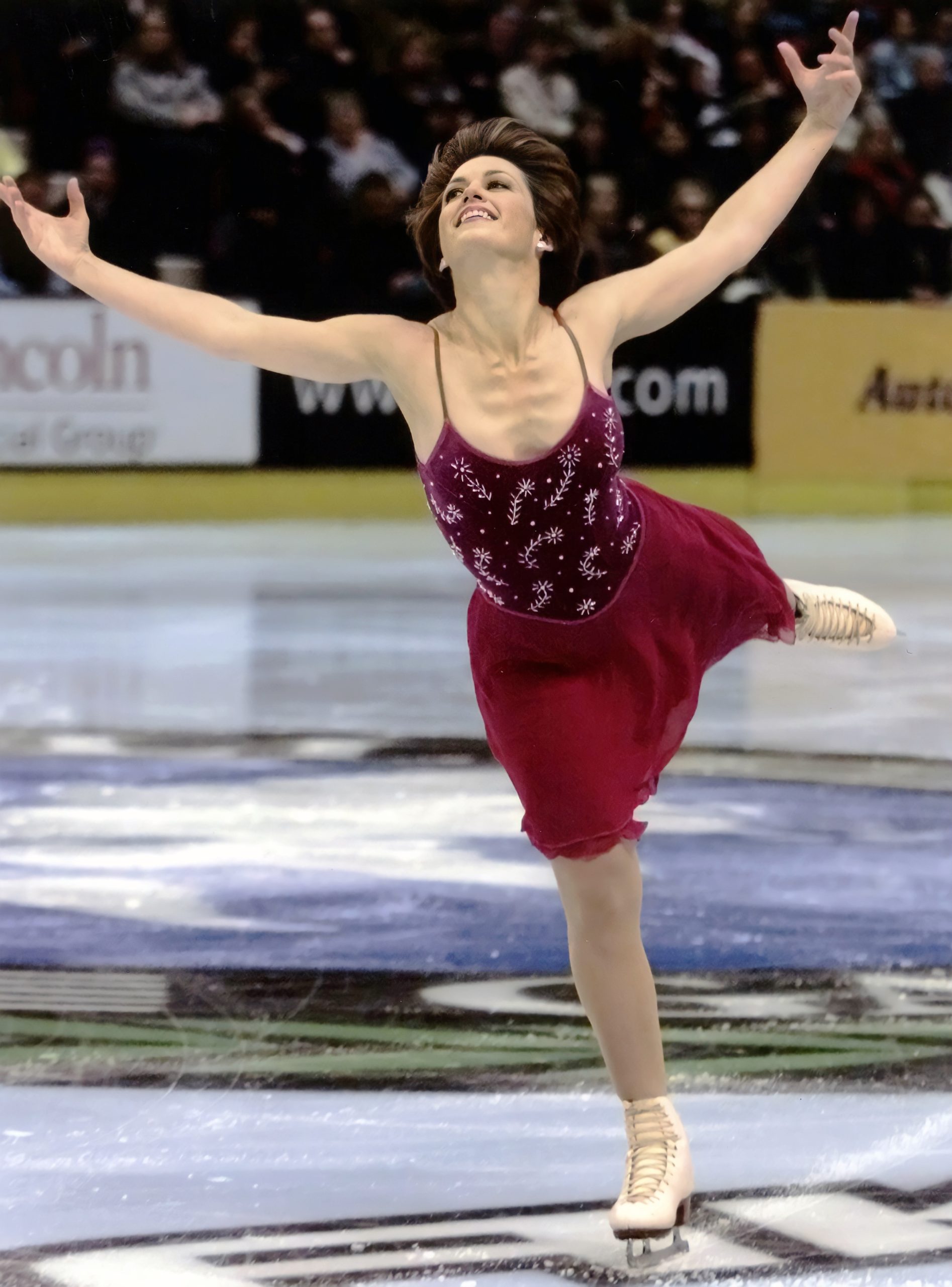
Do you have to live with the fear of failure or self-doubts when you are competing at that level?
Dorothy Hamill: I have always had self-doubt, still do. Fear of failure, not really. Didn’t matter. I mean we all say this, but it’s true. You know, you just want to go out and skate well. I just never wanted to embarrass myself. It didn’t matter if I won or not. You hope that your best is better than everybody else’s best. But, I was always out there competing against myself, because there were so many more skaters that were much more talented than I.
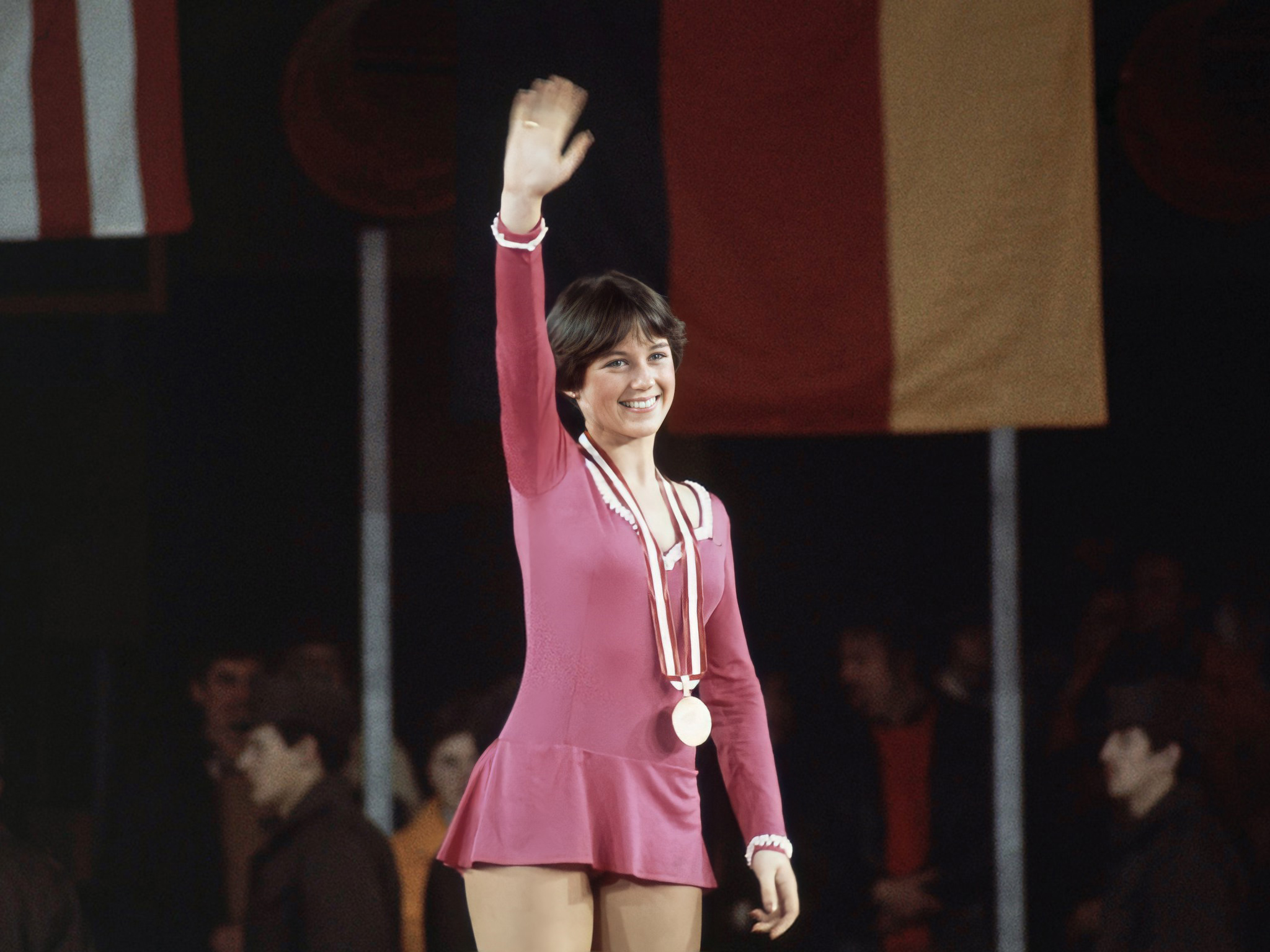
I think the reason I won the Olympics was sheer perseverance. Not because I was certainly more talented than anybody else. I worked as hard as I could. I was always the first one on the ice and the last one off. I’m just one of those people that has to be overtrained and overworked before I can do my best. That’s unlike a lot of my friends and colleagues today. But so, you know, it was just sheer perseverance. I was not the most talented, still am not the most talented. Whatever I’ve done has just come through hard work really, and the love of it and the passion for it.
There are a lot of talented people out there. Weren’t those other young women working just as hard, wanting it just as badly? At least on that day, you succeeded where they failed. You got the gold medal.
Dorothy Hamill: Right. There were three of us that sort of played musical chairs. Dianne DeLeeuw, who competed for Holland (she’s American, but she competed for Holland), Christine Errath, who was East German, and myself. The three of us would sort of trade places every year at the World Championships. Dianne DeLeeuw won the World’s once, I was second, Christine was third. Then Christine won, I was second, Dianne was third. So I was always second. And then the Olympic year, I was the lucky one. You’re right, they all did probably work just as hard.

So what was it inside of you that accounted for that gold medal?
Dorothy Hamill: If I knew that I could probably make a lot of money off of it. I think timing had a lot to do with it. I think I was sort of ready for it that year. The other years, quite honestly, I didn’t work as hard as I did the year I won. I worked hard, but not as hard. Maybe they didn’t work as hard the year of the Olympics or something. I really have no idea.
What was it like off the ice with the women you are competing with?
Dorothy Hamill: It was cordial. There was a language barrier with the East German woman. We were girls.
How about among the American girls that you were competing with for places on the team?
Dorothy Hamill: They were younger than I. Little Linda Fratiana, everyone hoped she would win the Olympic gold medal at Lake Placid in 1980. She was sort of a hot young up-and-coming kid. She skated at Nationals and skated much better than I did. She probably should have won, but I had seniority — politics of ice skating and all of that. She didn’t win, but she was a darling young lady. I think she was 13 maybe, just a little spitfire doing triples. That’s when the triples started. I barely knew her, so it wasn’t like today where the kids skate together all the time and tour together. The first time I ever met her was at Nationals.
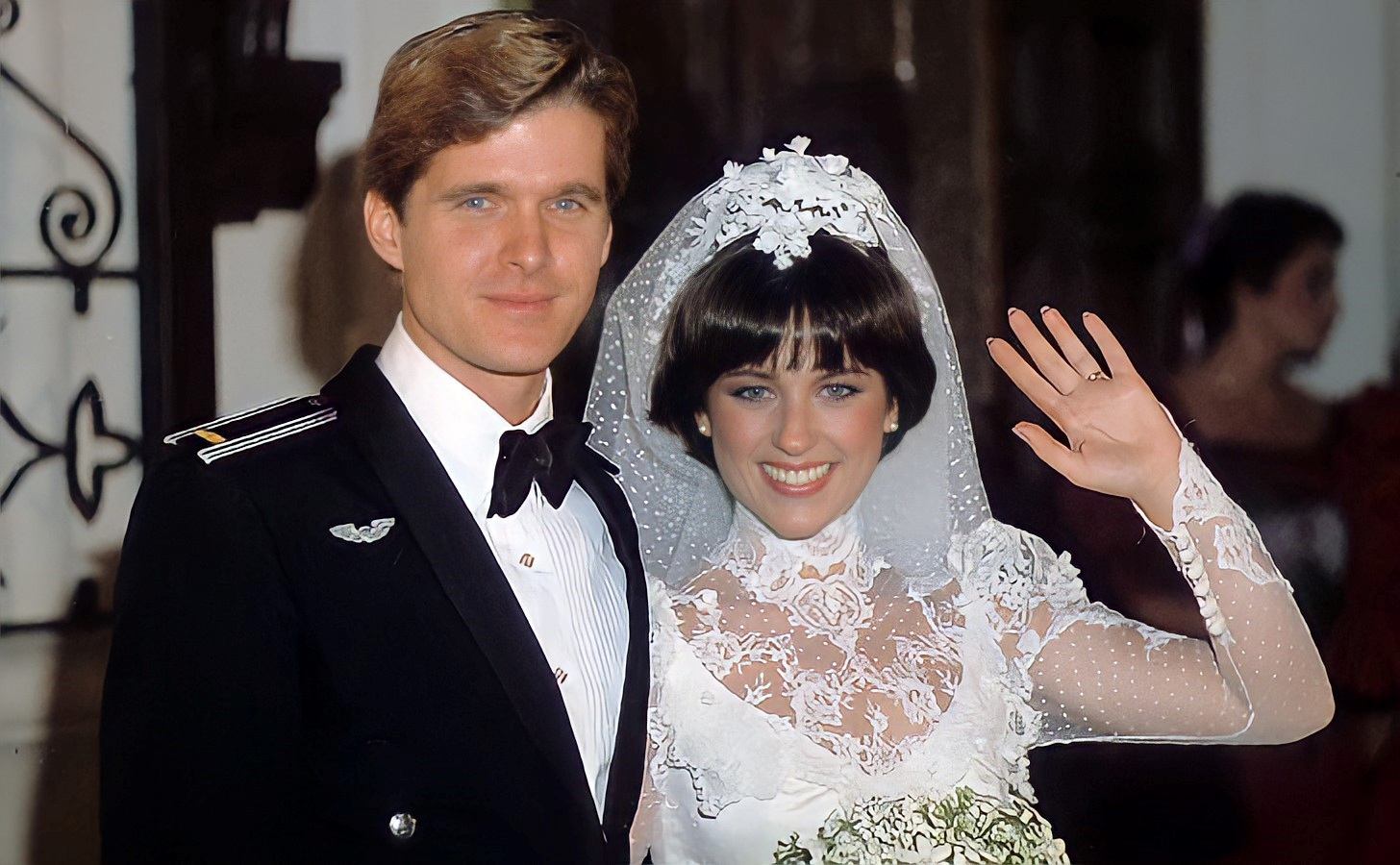
Is it tough to deal with the political side of competitive skating? How do you deal with that?
Dorothy Hamill: My coach was a great politician, so he did most of the work. He was good. If the judges said, “Dorothy can’t do school figures,” he would have the judges come out, and he’d show that I could do them and say, “Now, tell me that this isn’t good.”
I just got so darn nervous when it was competition time, I completely flipped out. I mean, you’re trying to trace these perfect circles, which are gone now today. They don’t do those anymore. You get nervous and you hyperventilate and you see your life flashing in front of you and you start shaking. You know, you can’t trace those circles. Also I was blind. Nobody knew I couldn’t see. So the year before the Olympics I got glasses, so that helped a lot. There were all of these factors I think that contributed to part of my not feeling confident and being shy.

What were the rewards for you? Were your parents there on the day you got the gold medal?
Dorothy Hamill: Yes. My father was in the arena, my mother was in the hotel. She wasn’t a smoker, but she chain-smoked that day!
My dad was very proud. My mom — I remember walking into the hotel room and she said, “So, how did you do?” I said, “I won.” And she looked at me startled and said, “You did?” She was shocked. She never congratulated me. I think she just never thought I would do it. But my dad, of course, was very proud. And I’m sure my mother was proud. I just didn’t know. I guess about four years before the Olympics the goal was to try and make it to the Olympics and hopefully maybe win a medal. And then all of a sudden when that actually happens, it’s disconcerting. I mean, now what? What happens now? We didn’t plan for that. You know, we just planned for everything up until that moment. And then, “Oh, now what?” So it was an interesting time.
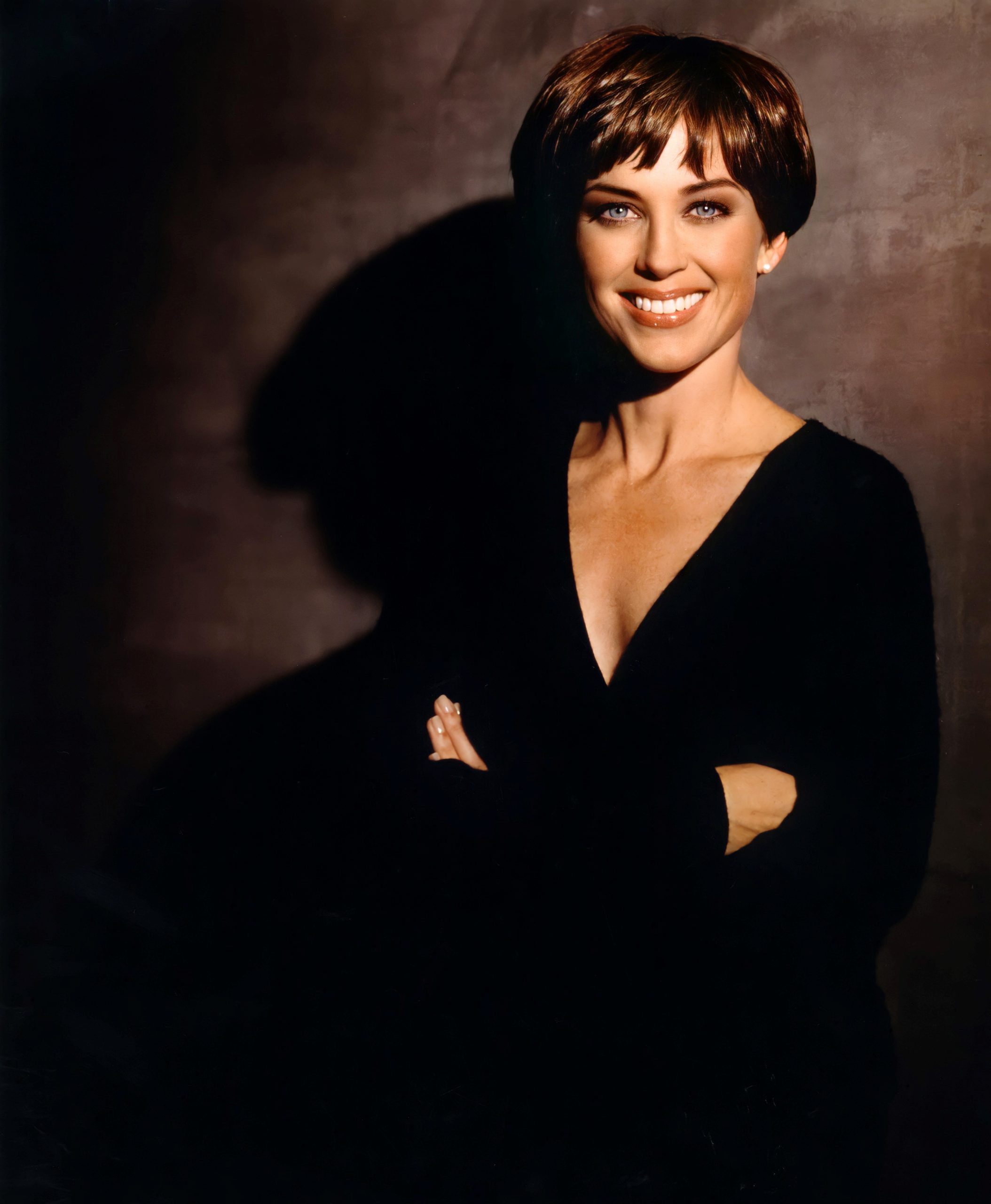
What disappointments have you suffered during your career and how have you dealt with them?
Dorothy Hamill: I’ve had lots of disappointments. I think one of the biggest misconceptions was that once you achieve that lifelong goal at the age of 19, you think that everything is going to be easy. The road really had just begun. If I had known then what I know now, I probably wouldn’t be sitting here talking to you. After going to the Olympics and going to Worlds, I took a vacation for the first time in my life. I was just enjoying winning the gold medal. People were wining and dining me — agents and managers and endorsements and all that stuff. I was just having a great time. I showed up for my first day of ice skating at Ice Capades and I had put on a few pounds. I showed up at rehearsal and one of the line skaters went over to one of his friends and says, “Honey, if I got to skate around her, you better call me a cab.” That was my introduction to the world of professional skating. It was entirely different than what it is today, of course.
I ended up in the hospital with a bleeding ulcer after six months in the ice show. I was skating 13 shows a week. I was getting up at six o’clock to do AM Podunk, wherever we were, and the reporters saying, “We’re not going to cover the ice show unless we can have Dorothy to interview.” And here I am: shy! What am I going to say? I have nothing to say. I’m just a dumb ice skater. If you want to ask me about ice skating, I can tell you about skating, but don’t ask me about anything else because I don’t know anything else. You know, for all the hours I trained, all the double axels I did, I didn’t go to school, I didn’t read, I didn’t learn about anything else. And it was very difficult. I was completely unhappy.
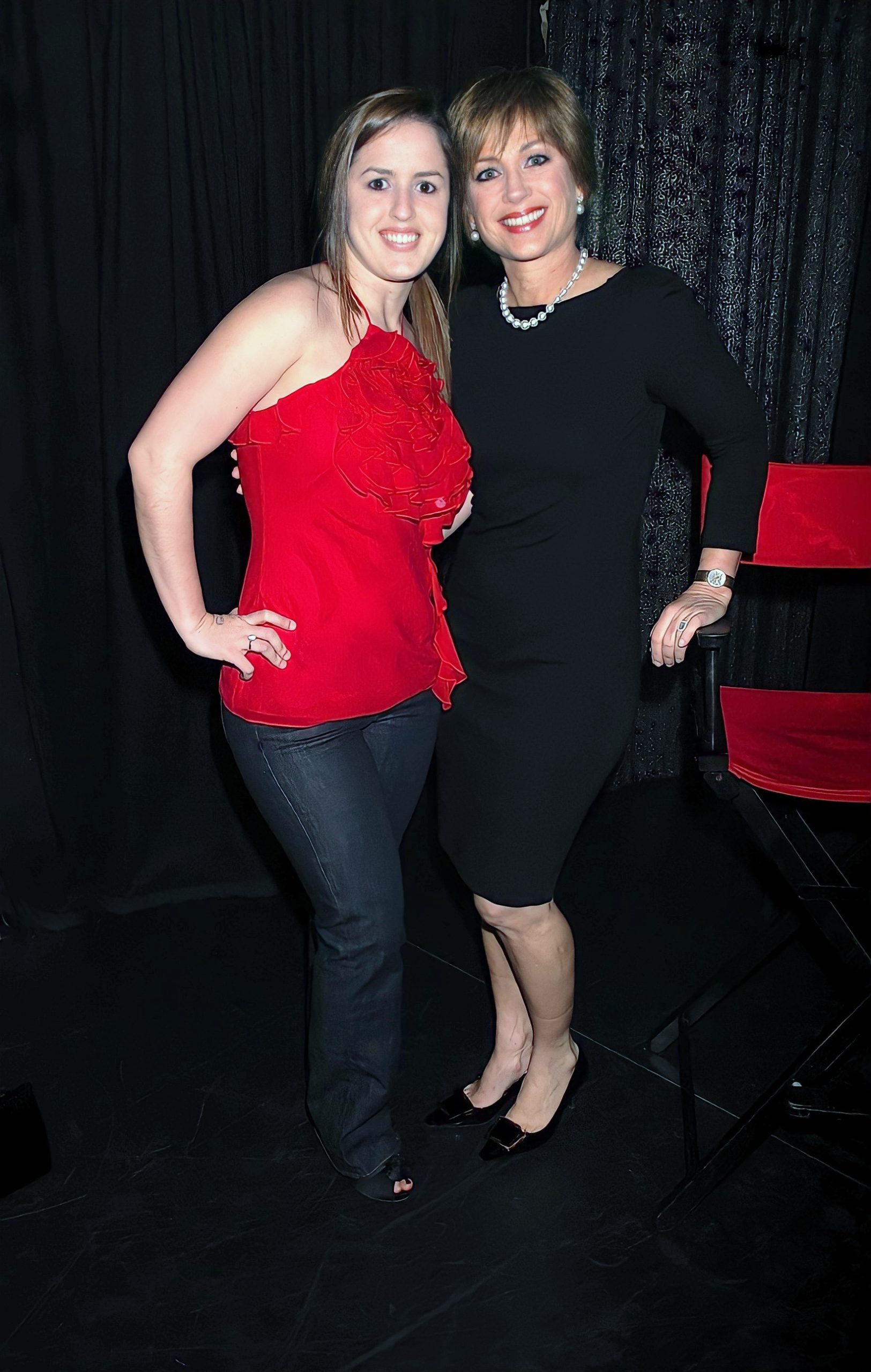
Here is something that I loved doing, but I must say, I was probably burned out from skating.
I didn’t really have a chance to enjoy my Olympic victory. I did for about a month before I had to go back and skate in a show. And it was a completely different way of ice skating. There was no training anymore. I was lucky if I got 45 minutes a day to practice. And I was away from my friends. Every week you’re in a different city, living in hotels. And the other thing, I was used to getting up at five o’clock in the morning and skating every day, and now I’m up till midnight skating ice shows. And for my whole life I had gotten up at five and now all of a sudden I’m trying to learn how to sleep later on the days I don’t have to do those early morning talk shows.

If I get up in the morning to do an early show, I try to go home and nap in the afternoon, but I can never do that. It just changed everything that I’d ever done. Professional skating is entirely different than training and competing. In the past there have been reporters that give professional skaters a bad rap. They say, ‘Well, after the Olympics they decide to do the fluffy ice shows.” It’s not, it’s just a different thing. You’re out there to entertain the audience. You’re not out there to land all your jumps without smiling and do these technical routines. The technical routines are not free and they’re not fun and they’re not beautiful, or they are in their own way. Some people criticize, “Skating’s lost its grace,” and all of that. It hasn’t. If you go see those skaters skate in exhibitions, they’re beautiful and they’re free and they’re enjoying it, but when they’re in competition it’s very serious, and technical and difficult, as it should be.


